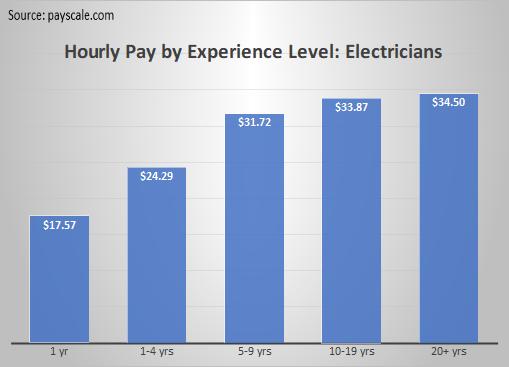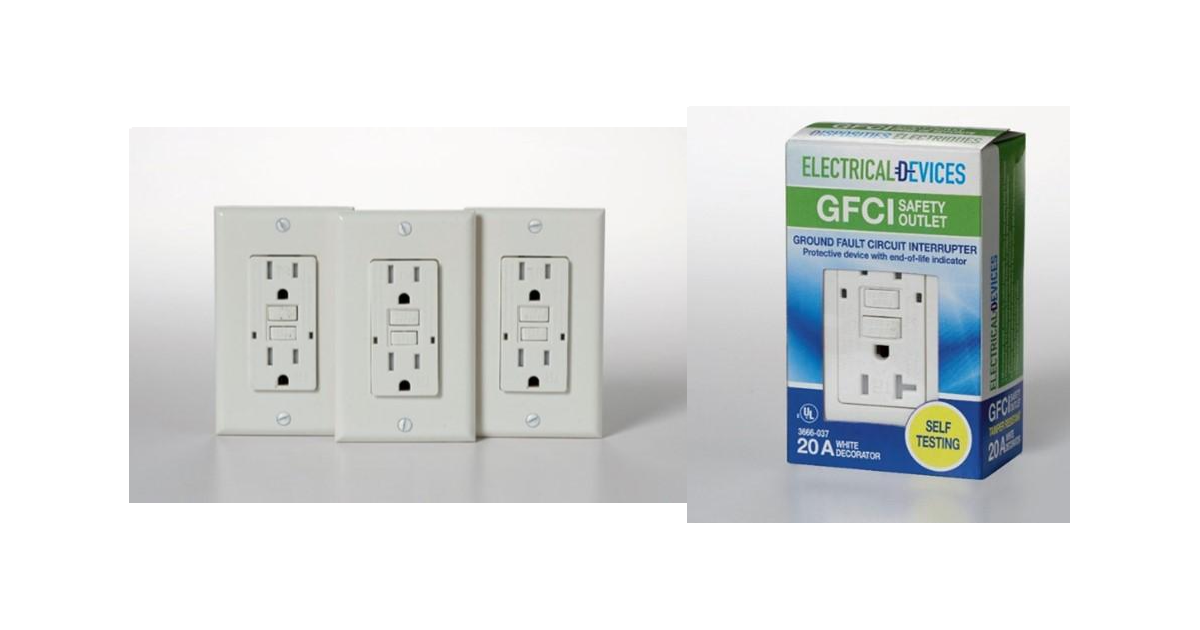Equal Billing? What does your industry say about you?

March 9 2016
As we celebrated International Women’s Day on March 8, it seems appropriate to look at how well women are working in Canada.
Women make up a vital part of the economy, yet they are under-represented in many sectors, professions, trades and technical jobs, and their work is rarely valued at the same level as men’s work. Recent studies show that for every dollar a man makes women earn 73 cents. Despite the fact that their educational attainment has surpassed that of their male counterparts.
Perpetuating the cycle is the fact that women are more likely to experience family-related “career disruptions.” They fall behind when they take time out to raise kids or care for sick parents, and sometimes find that they return to the workplace at a disadvantage.[1] Challenges that remain for women in the workplace include the gender pay gap, lack of access to affordable childcare, the “glass ceiling,” sexual harassment, and network discrimination. [2]
The under-representation of women in skilled trades and technical jobs — typically non-traditional jobs for women — in Canada is well documented. Numerous studies and stacks of data support these findings, as does anecdotal evidence when one visits any construction site or sees hydro crews working on powerlines, which only confirms the scarcity of female skilled workers. [3] The lack of female access to trade and non-traditional jobs also has a negative impact on the economy. Not only does it restrict economic growth, but the unequal access to trade type jobs in turn negatively affects women’s income.
It has been widely recognized that women are a largely untapped resource for the electricity sector. Women represent only 25% of the industry overall, and 5% in the trades.
Electricity Human Resources Canada (EHRC) recently spoke to women working in the electricity sector to get their perspective on the top three greatest challenges they face as a woman working in the sector. Money was not cited as an issue (perhaps something to be explored further). Rather, one of the primary challenges encountered by women entering into trade and technical jobs is a work environment and culture that is not always welcoming to women in the workplace. This was attributed to
- lack of female role models
- general sense that women need to be tougher, more tenacious, better and smarter than the “guys in the field”
- nature of the work including shift work and lack of flexible work arrangements makes it less attractive to women with families
Specifically, the women EHRC spoke with told us that the top three greatest challenges faced by women in the sector were
- limited role models (94%)
- gender stereotypes (91%)
- difficulty gaining access to jobs in the industry and to the work environment (84%)
How employers can demonstrate their commitment to recruiting and retaining women
EHRC also asked women working in the industry for their thoughts on how employers could demonstrate their commitment to attracting, recruiting and retaining women (Bridging the Gap, 2014). Responses included the following.
1. Implement flexible work models
A significant number of women indicated that a work/life balance is a critical consideration for any career as many of the respondents were mothers with young children. These women suggested that more flexible work models, including flexible shifts, providing on-site child care, job sharing opportunities and 0.8 full time positions, would be beneficial and attractive for young mothers who also want fulfilling careers.
2. Conduct internal needs assessments to identify areas for improvement
Many women suggested that to attract, recruit and retain women, employers need to first look internally to identify areas for improvement. For example:
- examining the percentage of female workers (versus males) within various work groups
- identifying and examining the impact of benefits that are currently provided to women (particularly women with children under 16 years of age)
- identifying target percentages of women versus men working within their organizations and timelines for achieving these percentages
- examining the number of women versus men in senior management/engineering/science/technology positions
- comparing the salaries of women versus men for the same level of work.
These were all identified as areas that could be assessed to identify key areas for improvement and spark thinking around effective and feasible remedial initiatives.
3. Implement active engagement practices
While all women suggested that employment should be gained based on merit and skills, not by gender, a number of research participants suggested that initiatives targeting the recruitment of female apprentices, journeypersons and professionals may be needed to enhance female representation while the cultural mindset is in the process of shifting. Women suggested that having apprenticeships specifically for women would provide them with a foot in the door, while still requiring the female apprentices to earn their right (through effective learning and development) to remain in the program and obtain their certification.
4. Support and celebrate workplace diversity
Research participants emphasized the importance of developing and supporting an inclusive and diverse workforce that recognizes the value and skill of all employees (e.g., men and women of varying generations, internationally-trained workers…). It has been suggested that it should not be just one worker group that must adapt to the workplace (i.e., women adapting to a male-dominated workplace; internationally-trained workers having to adapt to a Canadian workplace). Instead, there should be a culture of equal respect, adaptation and understanding to recognize the strengths that all cohorts bring to the workplace.
5. Develop support networks for women
Numerous women, both seeking employment and currently working within the sector, emphasized the significant role that mentors and sponsors play in successfully attracting and retaining female workers. Mentors who take new workers under their wing provide support to gain familiarity with corporate processes and policies, provide guidance and reassurance when it is required, and pass on their knowledge and expertise to the next generation of workers. Defined networking and mentoring processes (both within and among employers within the sector) help to ensure that female workers have extra support and guidance, particularly when transitioning into the sector.
Moving forward
While a number of industry employers are working to make real change at a policy and cultural level within their companies, we need to see more innovation in policies, processes and practices that will ensure that both women and men have an equal playing field in whatever career they choose to pursue. There has been wonderful progress over the last decade, so much so that I am often asked why I still see the need to advocate for “women’s initiatives.” The reality is that, as the research above demonstrates, we still have work to do.
1. Cohn, D., Livingston, G and Wang, W., After Decades of Decline, A Rise in Stay-at-Home Mothers, Pew Research Centre. April 2014 (http://www.pewsocialtrends.org/2014/04/08/after-decades-of-decline-a-rise-in-stay-at-home-mothers/April 8, 2014)
2.Women in the Workplace.” Boundless Political Science. Boundless, 21 Jul. 2015. Retrieved 15 Jan. 2016 from https://www.boundless.com/political-science/textbooks/boundless-political-science-textbook/civil-rights-5/women-s-rights-41/women-in-the-workplace-235-7242/
3.Women Working in the Trades and Technologies: Myths and Realities, published by Skills Competences Canada and Women in Nuclear Canada, 2012.
Michelle Branigan is CEO, Electricity Human Resources Canada; http://electricityhr.ca.









![Guide to the Canadian Electrical Code, Part 1[i] – A Road Map: Section 40 — Electric Cranes and Hoists](https://electricalindustry.ca/wp-content/uploads/2022/11/Guide-CE-Code-2.png)







